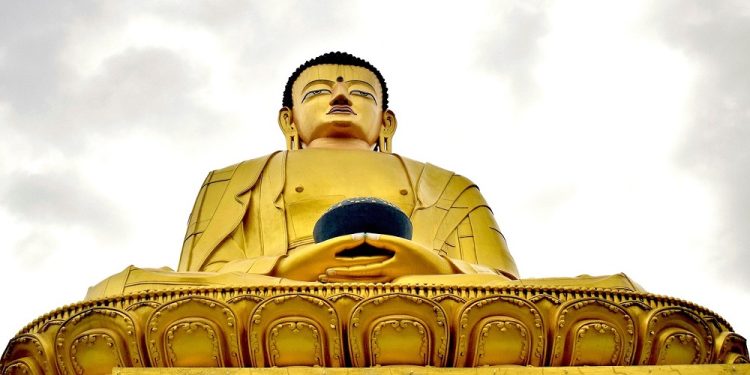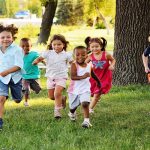
Buddha’s Birthday
Buddha’s Birthday is a festival that’s mainly observed in most parts of Southern and Eastern Asia but can be celebrated just about anywhere in the world. This holiday commemorates the birth of Prince Siddhartha Gautama—also known as Gautama Buddha—who is the founder of the religion and spiritual tradition known as Buddhism.
Since the holiday is based on the Asian lunisolar calendars, it is often celebrated on different days in different countries. In the tradition of Chinese Buddhism, Buddha’s birthday is observed in the spring and falls in the fourth month of the Chinese lunar calendar.
As it’s observed in the Theravada traditions, this day is celebrated on the full moon of the month of Visakha and is called either Vesak or Visakha. In Western countries on the Gregorian calendar, the date of this holiday varies from one year to the next.
In some years, it falls in April, and in other years, it falls in May. This is further complicated by the fact that in leap years, the date of this holiday may be even later and fall in June.
A Brief Biography of Gautama Buddha
Buddha was born Siddhartha Gautama to a royal family in Nepal. He lived a life of privilege and wealth. Then one day, he saw a sick old man, and a bit later, he saw a dead man. This sparked the realization in him that everyone would be afflicted by old age, sickness, and eventually, death. This made him reflect on the nature of life and death.
The following day, he encountered someone who was meditating, and Siddhartha realized that the answers to the questions he wondered about didn’t come from outside of himself but from inside. This is when he decided to leave the comfort of his royal home and set off into the forest. Over the next six years, he studied under meditation teachers and began mastering their techniques.
One day, at a place called Bodhgaya, he decided to use everything he had learned and remained in meditation until he could fathom the true nature of the mind and could benefit every living creature on Earth. He spent six days and nights exploring the depths of his mind until he finally reached enlightenment on the full moon morning of May, just a week before he turned 35 years old.
According to tradition, when he reached enlightenment, he transcended all things and entered into a state of bliss. This is when he became the Buddha. Buddha then traveled throughout northern India and taught for 45 years. People of all social classes and from all over clamored to meet the Buddha, and he faithfully answered all of their questions. He would continue to teach this way until he died at the age of 80 years old.
Buddha’s Birthday Celebrations Around The World
In different parts of the world, Buddha’s Birthday is celebrated in various ways. In this section, we’re going to take a closer look at some of these celebrations in depth. We’re going to start in South Asian and Southeast Asian countries where it’s known as Buddha Purnima—with Purnima meaning full moon day in Sanskrit. Another term for this holiday is Buddha Jayanti—with Jayanti being Sanskrit for birthday.
Buddha Purnima, or Buddha Jayanti, is observed in India, Nepal, Burma, Bhutan, Tibet, Thailand, China, Korea, Vietnam, Laos, Mongolia, Cambodia, Singapore, Sri Lanka, and Indonesia. Each of these countries celebrates this holiday in their own way with meditation, prayers, and observed fasts. In India, there’s the tradition of taking dips in the Ganga River to wash away sins.
This holiday is known as Buddho Purnima in Bangladesh, and in the days leading up to the holiday, Buddhist temples are decorated with candles and colorful decorations by Buddhist priests and monks. Usually, on the day of the festival, the Prime Minister of Bangladesh delivers speeches that address the day’s history and importance in Buddhism. In the afternoon, large fairs are held around the temples, and vendors sell food, toys, and clothes. Celebrants are taught by Buddhist monks about the Five Precepts and Dharma.
In China, many of the holiday’s celebrations occur inside Buddhist temples. The faithful light incense in them and bring food offerings intended for the monks. In the city of Hong Kong, this holiday is considered a public holiday. The faithful light lanterns that are symbolic of Buddha’s enlightenment, and the temples are filled with people who want to pay their respects.
In Nepal, this holiday is observed on the full moon day of May. In this country, it’s known by a variety of different names that include the aforementioned Buddha Jayanti and Buddha Purnima, but also Saga Dawa and Caishakh Purnima.








